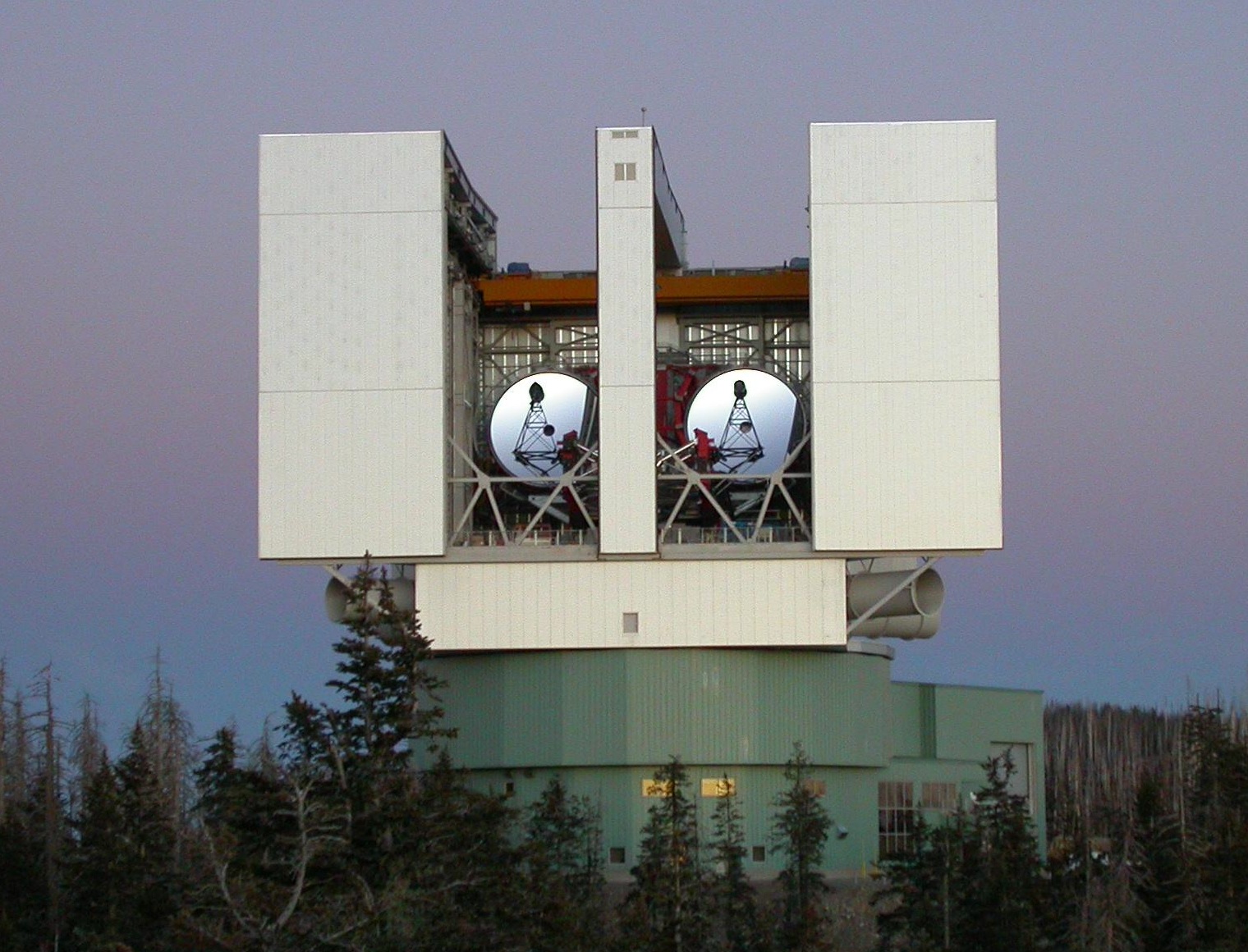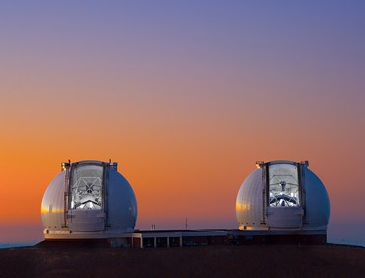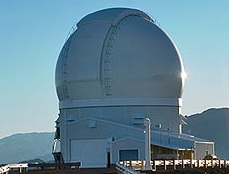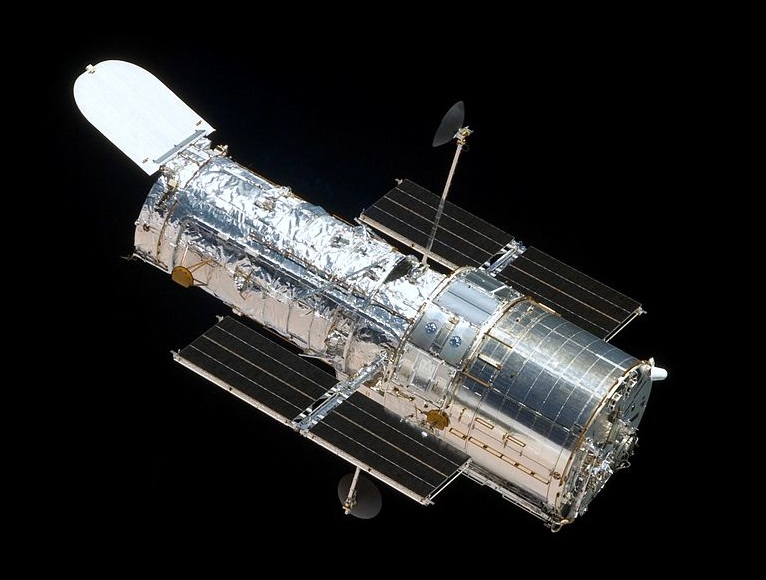Current Research Projects
- 1. Galaxy Formation and Assembly
Summary: Over the past decade or two it has become clear that galaxies form through two distinct
processes. In the first the galaxy converts cold gas into stars in-situ. In the second the galaxy acquires so called ex-situ stars from
other originally distinct galaxies, through galactic collisions and mergers.
Highlights:
- In (Davison, Norris et al. 2020) we used the EAGLE simulations of galaxy formation to derive predictions My research (Norris & Kannappan 2011, Norris et al. 2014) has supported the conclusion that these compact stellar systems are a "mixed bag" of objects, with some being massive star clsuters and others being stripped galaxy remnants.
- Discovered the first ultra-compact dwarf (NGC4546-UCD1) that can confidently be classed as the remains of stripped galaxy. (Norris & Kannappan 2011, Norris et al. 2016).
- Proposed a magnitude/mass limit (Mv < -13 or M > ~5x107M☉) above which all objects must be stripped galaxies. Below this limit massive star clusters and stripped galaxy nuclei form a mixed population of objects (Norris & Kannappan 2011, Norris et al. 2014, Janz et al. 2016).
- PI of the AIMSS survey, a survey of archival HST imaging for compact stellar systems in all galaxy environments. (Norris et al. 2014, Forbes, Norris, Strader et al. 2014, Janz, Norris, Forbes et al. 2016).
- Discovered a new class of very dense stellar systems likely to be the result of stripping galaxies which were massive enough to have central bulges (Norris et al. 2014).
- 2. The Formation of Compact Stellar Systems
Summary: In recent years the simple division that was thought to exist between galaxies
and star clusters (like globular clusters) has been called into question by the discovery of a range of unusual compact stellar
systems. These objects (given names like UCDs, DGTOs, cEs) have sizes and masses in between those of galaxies and those of the
previously known star clusters. What exactly these objects are, and how they were formed has become a major area of research. There
are two theories of what theses systems might be. In the first the compact stellar systems are simply very massive star clusters
formed in major galaxy mergers. In the second they are the remnant nuclei/bulges of galaxies which have been torn apart by larger
galaxies.
Highlights:
- My research (Norris & Kannappan 2011, Norris et al. 2014) has supported the conclusion that these compact stellar systems are a "mixed bag" of objects, with some being massive star clsuters and others being stripped galaxy remnants.
- Discovered the first ultra-compact dwarf (NGC4546-UCD1) that can confidently be classed as the remains of stripped galaxy. (Norris & Kannappan 2011, Norris et al. 2016).
- Proposed a magnitude/mass limit (Mv < -13 or M > ~5x107M☉) above which all objects must be stripped galaxies. Below this limit massive star clusters and stripped galaxy nuclei form a mixed population of objects (Norris & Kannappan 2011, Norris et al. 2014, Janz et al. 2016).
- PI of the AIMSS survey, a survey of archival HST imaging for compact stellar systems in all galaxy environments. (Norris et al. 2014, Forbes, Norris, Strader et al. 2014, Janz, Norris, Forbes et al. 2016).
- Discovered a new class of very dense stellar systems likely to be the result of stripping galaxies which were massive enough to have central bulges (Norris et al. 2014).
3. The Near-Infrared Properties of Stellar Systems Summary: The near infrared (~3 - 5 μm part of the electromagnetic spectrum has long been thought to be a potentially interesting region to probe the properties of stellar populations. However, until recently theoretical models and data in this region have been lacking. This has changed in the last few years with surveys by the Spitzer Space Telescope and the WISE mission providing photometry of large samples of star clusters and galaxies. Additionally new stellar population synthesis models have begun to capture the complexities of stellar populations in this wavelength range. We have begun to put the observations and models together to see what new insights into the galaxy formation process can be gleaned from this wavelength regime.
Highlights:
- In the first paper in an ongoing series we demonstrate that some of the latest generation of stellar population synthesis models are now able to accurately reproduce the observed photometry of old star clusters and galaxies in this regime. (Norris, Meidt, van de Ven, et al. 2014)
- In the second paper we use realistic star formation histories from the EAGLE simulations to demonstrate that the NIR bands are remarkably reliable stellar mass estimators for older (age > 2 Gyr) stellar populations. (Norris, van de Ven, Schinnerer et al. 2016)
4. High Resolution Adaptive Optics Imaging Summary: As part of my work carrying out science planning for the forthcoming LINC-NIRVANA instrument for the LBT I have been involved in writing several pieces of software to simulate LINC-NIRVANA observations as well as planning a range of key science projects to be observed with LINC-NIRVANA. These projects range from studies of local star forming regions, to detailed studies of the stellar populations and strucures of GCs, to the detailed surface brightness (and hence stellar mass) distributions of high redshift compact galaxies.
Highlights:
- Wrote a software package to simulate interferometric observations with LINC-NIRVANA. These codes allowed for spatially varying PSFs as would be found when using on-axis AO correction.
- Wrote a second code to simulate observations with LINC-NIRVANA in Multi-Conjugate Adaptive Optics mode.
- Lead or assisted in the design of three key science projects for LINC-NIRVANA.
What do I do?
My research focuses on the study of early-type stellar systems; galaxies and old star clusters where star formation has long since ceased.Telescope Resources
Currently most of my research is carried out using four of the worlds most advanced astronomical observatories: 1) the Large Binocular Telescope on Mt Graham, Arizona, 2) the Keck observatory on Mauna Kea, Hawaii, 3) the SOAR telescope on Cerro Pachon, Chile, and 4) the Hubble Space Telescope in low Earth orbit.



Collaborators
Most of my research relies on the hard work and skills of my many excellent collaborators.Eva Schinnerer (MPIA, Germany)
Glenn van de Ven (University of Vienna, Austria)
Paolo Bianchini (Universite de Strasbourg, France)
Tom Herbst (MPIA, Germany)
Sheila J. Kannappan (UNC Chapel Hill, USA)
Duncan Forbes (Swinburne University, Australia)
Aaron Romanowsky (San Jose State Univ, USA)
Jean Brodie (Swinburne University, USA)
Ray Sharples (University of Durham, UK)
Avon Huxor (University of Exeter, UK)
Rob Crain (Liverpool John Moores University, UK)